I played Super Mario Bros. Wonder after Tears of the Kingdom and it was a big mistake
Mario’s cap quickly became a stand-in for Link’s paraglider
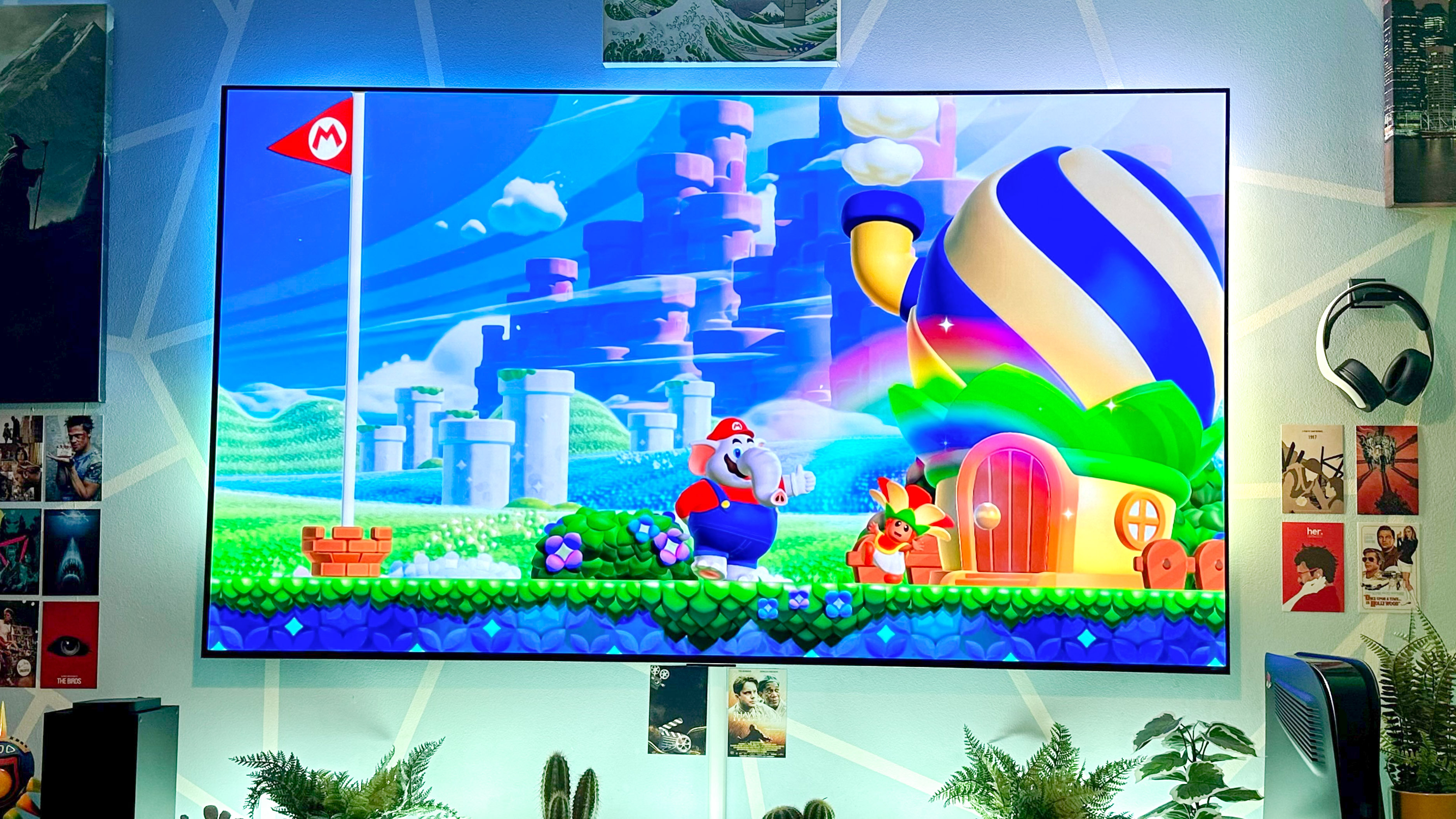
With so many of the best Nintendo Switch games releasing this year, I’ve found myself finishing one game and then jumping right into the next one. However, this does come with its own set of issues.
Even though Tears of the Kingdom came out back in May, I’ve been slowly working my way through the game ever since. From exploring wells to trying to find all of the shrines, there’s a whole lot to do in the sequel to Breath of the Wild. As I’m in the process of reviewing Super Mario Bros. Wonder though, I decided it was time to take a break from exploring Hyrule even though I’ve finished all of the temples and am finally ready to take on Ganondorf.
Playing a brand new 2D Mario game has been a blast so far and if like me, you were a bit underwhelmed with New Super Mario Bros. U Deluxe, you’re in for a treat as all of the additions in Wonder really breathe new life into Nintendo’s tried and true formula. However, I wasn’t expecting my time playing Tears of the Kingdom to affect how I’ve been playing Super Mario Bros. Wonder.
If you’re thinking about picking up Super Mario Bros. Wonder now or even if you’re waiting for Black Friday to try and snag a copy on sale, don’t make the same mistake I did by playing Tears of the Kingdom right before starting the game. Here’s why.
Letting go of the paraglider was harder than I thought
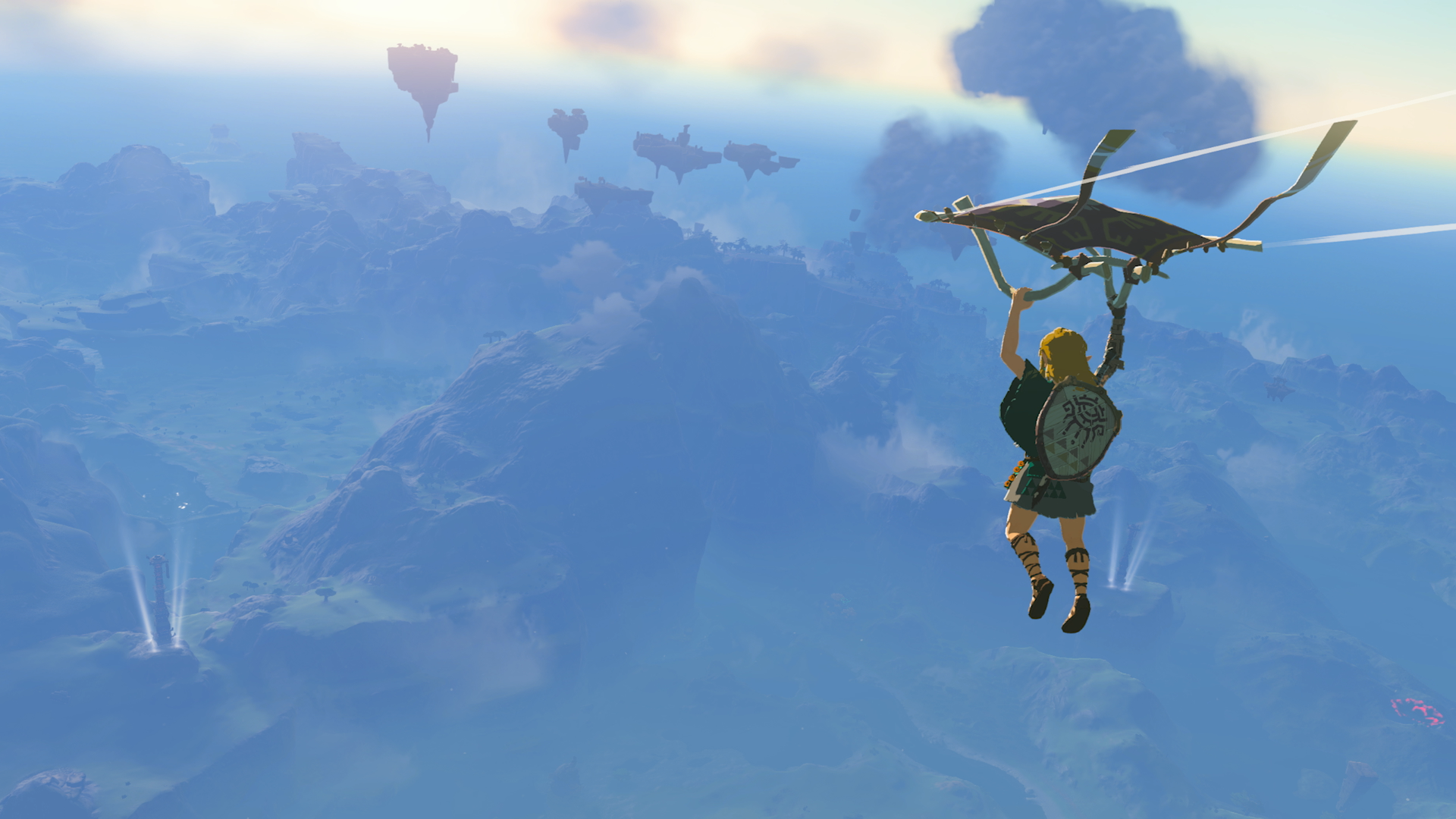
Getting the paraglider is one of the first things you do in both Breath of the Wild and Tears of the Kingdom. With it, you can easily explore Hyrule and traverse either game’s map a lot faster. Tears of the Kingdom takes things a step further though by allowing you to customize it.
Even though you can use your new Ultrahand ability to quickly build vehicles to get around the map faster in Tears of the Kingdom, I still relied on my trusty paraglider for most of my playthrough. I think this is because I was just so comfortable using it in Breath of the Wild that it felt like second nature to use it during my return to Hyrule. However, I wasn’t expecting this feeling to carry over once I started playing Super Mario Bros. Wonder.
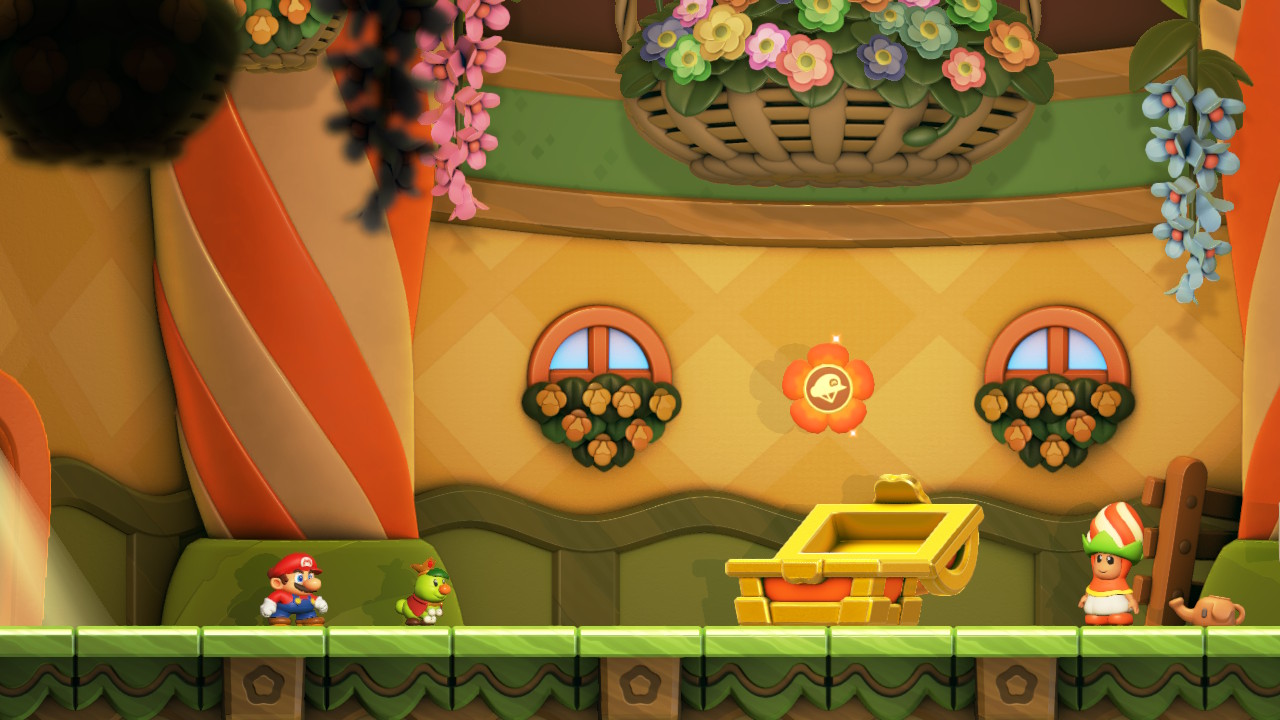
Just like in the latest Zelda games, being able to glide through the air using the Parachute Cap badge is one of the first abilities you get in Super Mario Bros. Wonder. In fact, there are a total of 24 different badges you can equip at the start of each level that give you additional abilities, passive abilities or advanced skills.
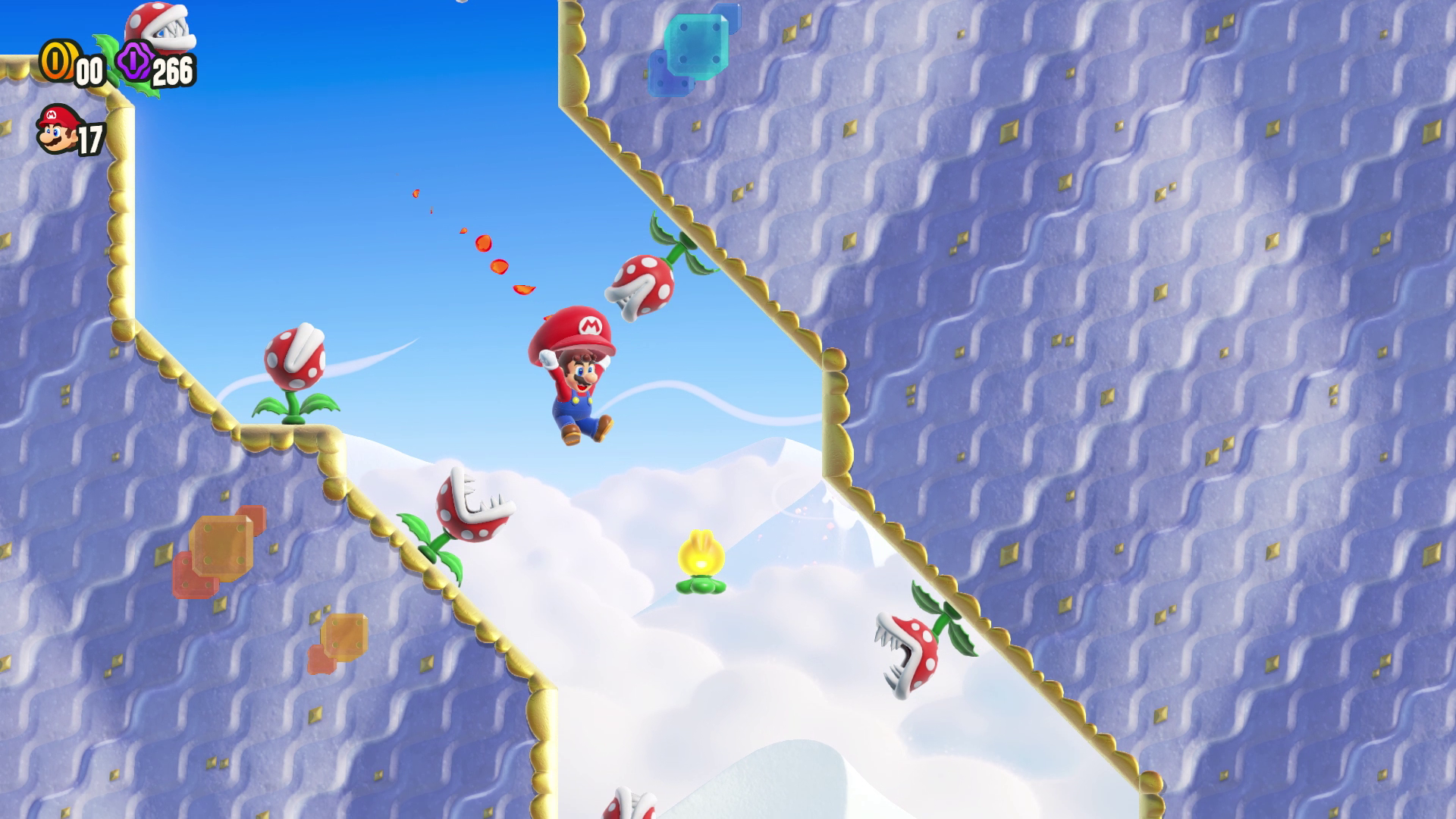
Super Mario Bros. Wonder gives you plenty of new badges from its Badge Challenge stages and you can even buy some from Poplin Shops. However, I kept using the Parachute Cap badge even when a stage didn’t necessarily call for it as being able to glide past enemies and obstacles was still ingrained in my brain from playing Tears of the Kingdom.
A badge for every occasion
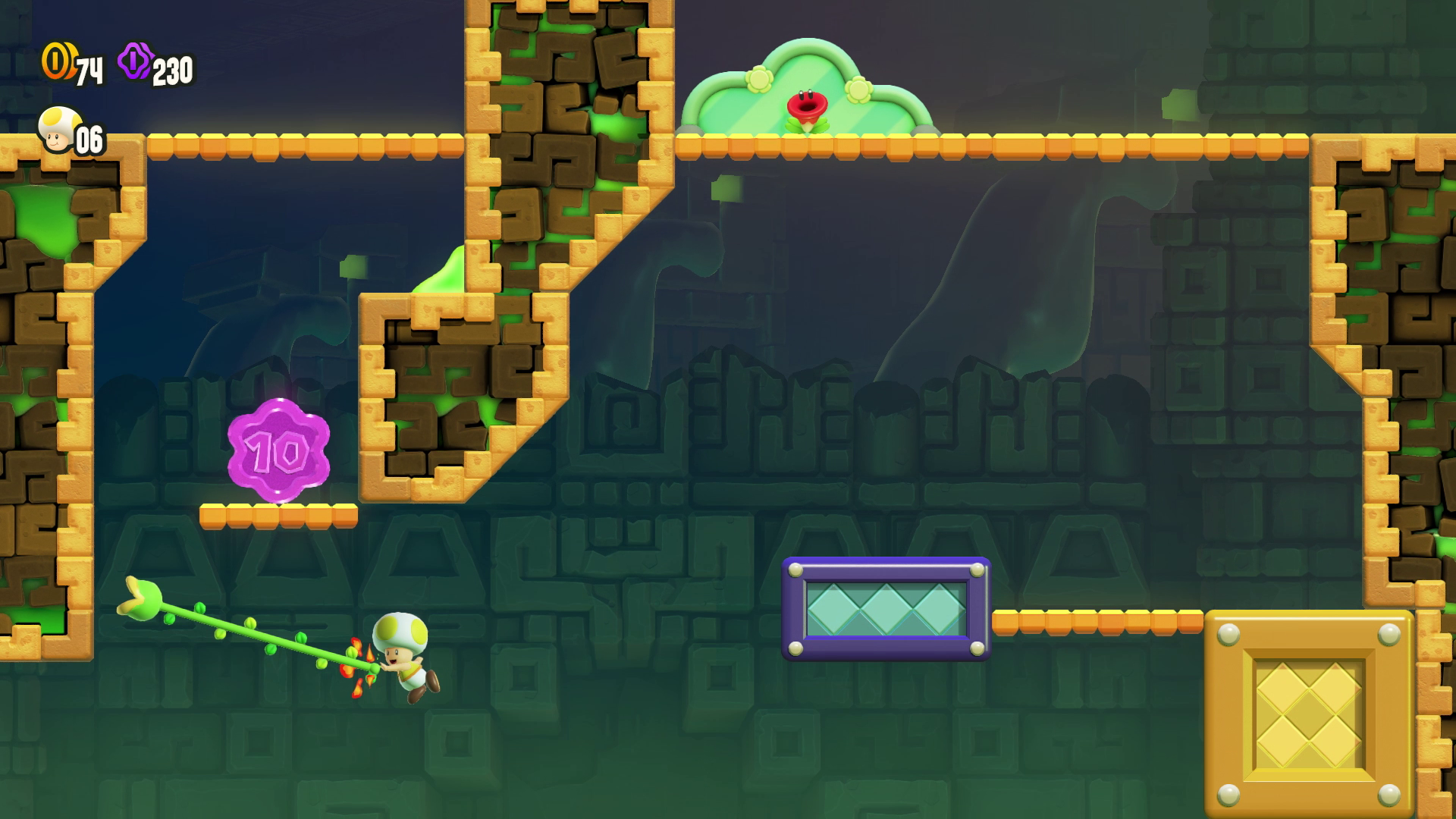
Besides the new Wonder Seeds that completely transform part of a level, the badges really help mix up the traditional gameplay that 2D Mario games are known for. While you can certainly get through the game without them, equipping one you like or one that gives you an ability to make a particular level easier feels a whole lot like getting the perfect power-up.
For instance, I wasn’t expecting that I’d be able to use a grappling hook in a Mario game until I unlocked and equipped the Grappling Vine badge. Like the Parachute Cap badge, this one really changes how you go about making your way through a level in Super Mario Bros. Wonder.
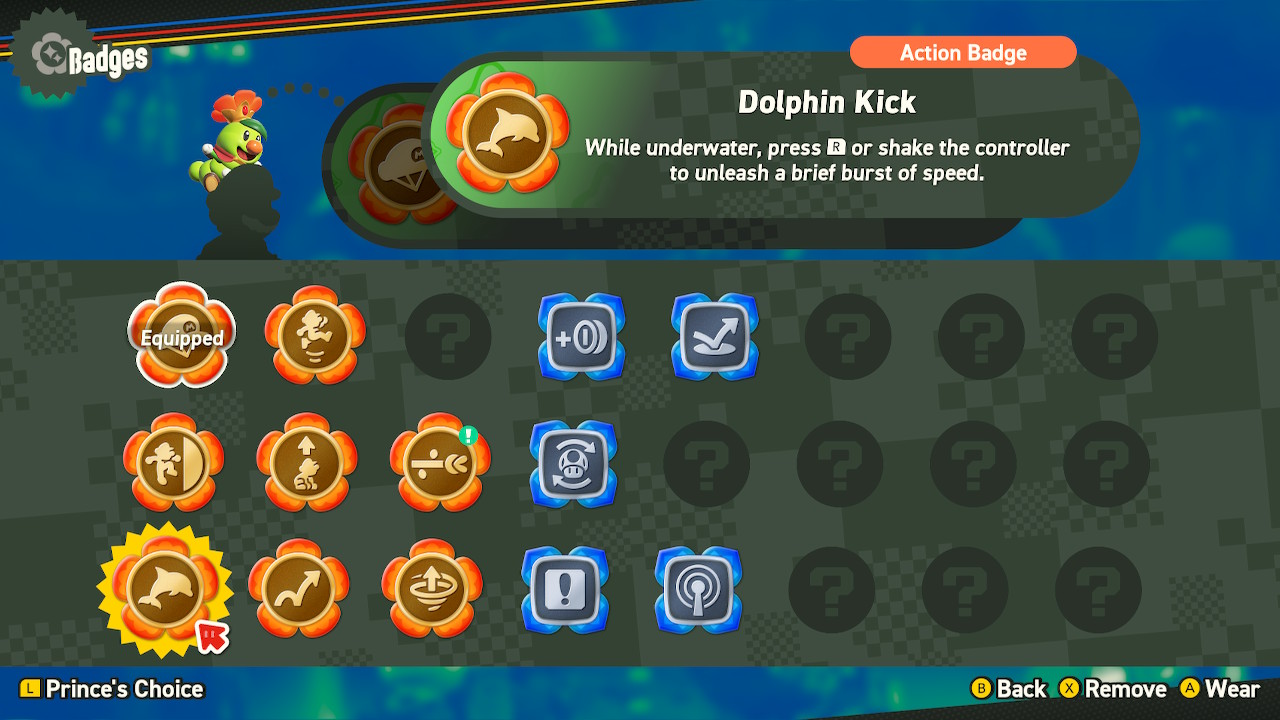
Adding new badges to your collection is another fun aspect of the game and certainly something I never thought I'd do while playing as Mario. I haven’t found them all yet but I really like how you can press the L button in the badge selection menu to have Prince Florian suggest the best one for a particular level. This comes in handy when you keep dying during particularly challenging stages and I’m sure younger and less experienced gamers will appreciate this feature, too.
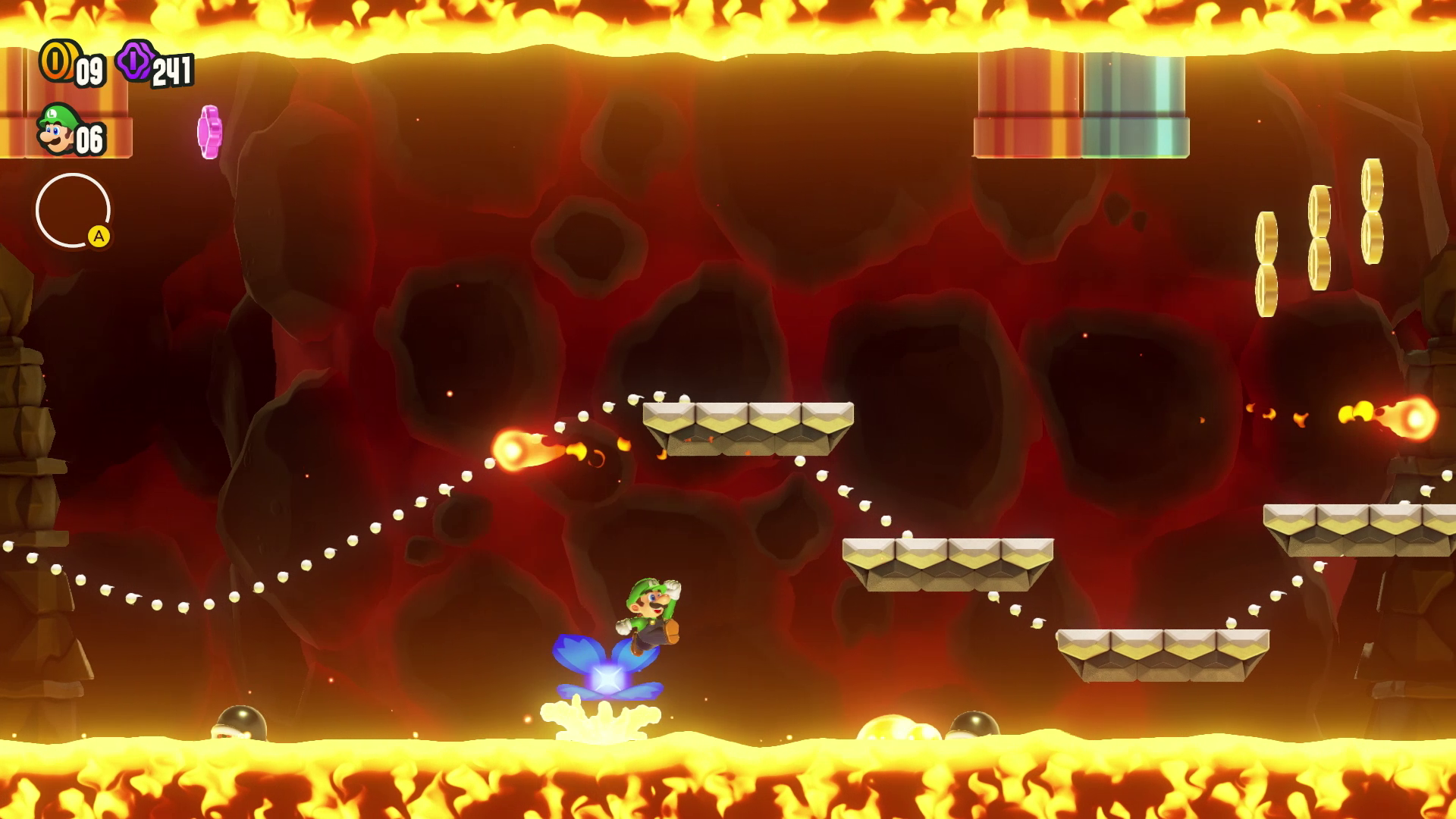
In addition to making things easier, some badges can also help keep you safe in harder levels. The Safety Bounce badge seen above gives you a chance to recover if you land on lava or spikes and it’s the kind of handicap I didn’t expect to see in Super Mario Bros. Wonder. If you’re really struggling, you can always swap your character and play as Yoshi or Nabbit since they don’t take damage. Still though, for Mario purists that want to finish the game as everyone’s favorite Italian plumber, badges like this one can be an essential tool.
Game bleed over is real
Now after my experience missing out on one of the coolest new features in Super Mario Bros. Wonder, I think I’m going to be taking breaks before starting my next big game. And by taking breaks, I don’t mean giving up gaming altogether but instead either playing something a bit different or going back to a game I’m very familiar with.
I tried to do this last weekend by playing Detective Pikachu Returns but I was so excited for Super Mario Bros. Wonder that I jumped right in and now I wish I hadn’t. Next time around though, I’m going to play a game from an entirely different genre or even on a different system. Who knows, this could be the perfect opportunity to boot up my Xbox Series S or even to go back to a game like Rocket League that I’ve been playing on and off for years.
If you’re just starting your own Super Mario Bros. Wonder journey, I highly recommend that you don’t sleep on the game’s badges as, just like with the Wonder Seeds, they really help add something entirely new to the 2D Mario experience.
More from Tom's Guide
Sign up to get the BEST of Tom's Guide direct to your inbox.
Get instant access to breaking news, the hottest reviews, great deals and helpful tips.

Anthony Spadafora is the managing editor for security and home office furniture at Tom’s Guide where he covers everything from data breaches to password managers and the best way to cover your whole home or business with Wi-Fi. He also reviews standing desks, office chairs and other home office accessories with a penchant for building desk setups. Before joining the team, Anthony wrote for ITProPortal while living in Korea and later for TechRadar Pro after moving back to the US. Based in Houston, Texas, when he’s not writing Anthony can be found tinkering with PCs and game consoles, managing cables and upgrading his smart home.
